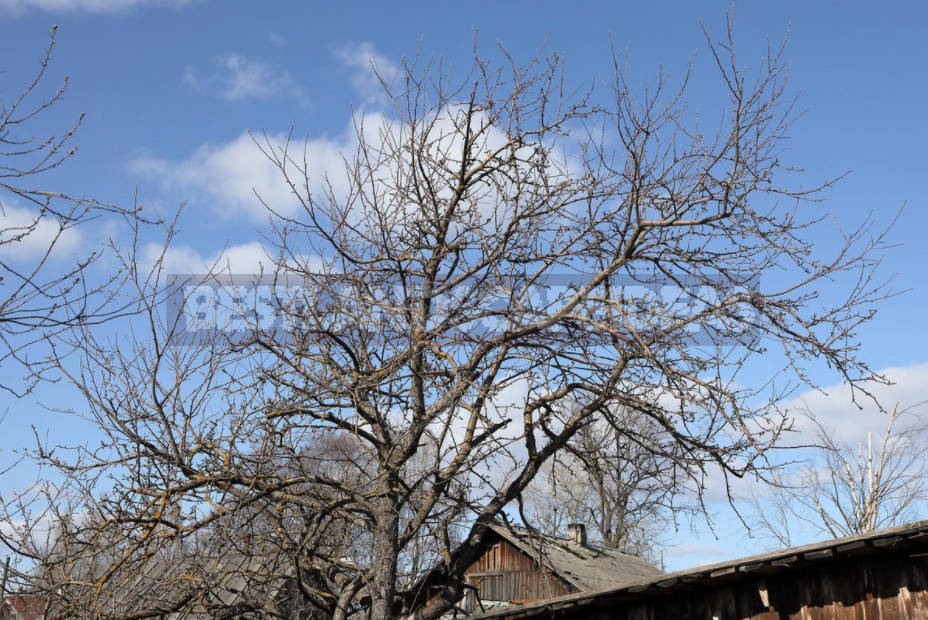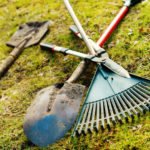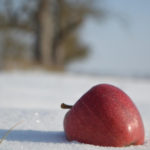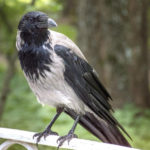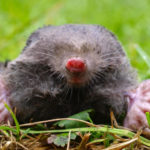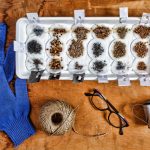How to rejuvenate an old apple tree? To cut down her hand does not rise, because often such an “old lady” is not just one of the fruit trees in the garden, but something more, something that you definitely want to save.
For some, these are dear memories of a happy childhood or grandparents who planted and grew an apple tree; someone likes an old variety with especially delicious and beautiful fruits; someone just likes to relax under a large spreading tree and can not imagine his plot without it… Everyone has their own reasons to protect old apple trees. Those who are not in a hurry to uproot a neglected orchard on an acquired village plot also act wisely: most likely, with good care, it will be able to yield a crop for a long time.
But time always takes its toll, and trees inevitably have problems with age. Let’s figure out how to give a second life to old apple trees, in which cases it is necessary to carry out rejuvenation, what measures will need to be taken for this. All the work needs to be done in the spring, before the buds open, so it’s time to start preparing.
We perform diagnostics
The first thing to do is to assess the condition of the trees that you plan to rejuvenate. It is important to understand whether it makes sense to keep them, how appropriate subsequent procedures are. Some trees, unfortunately, can no longer be saved — it is better to cut them down.
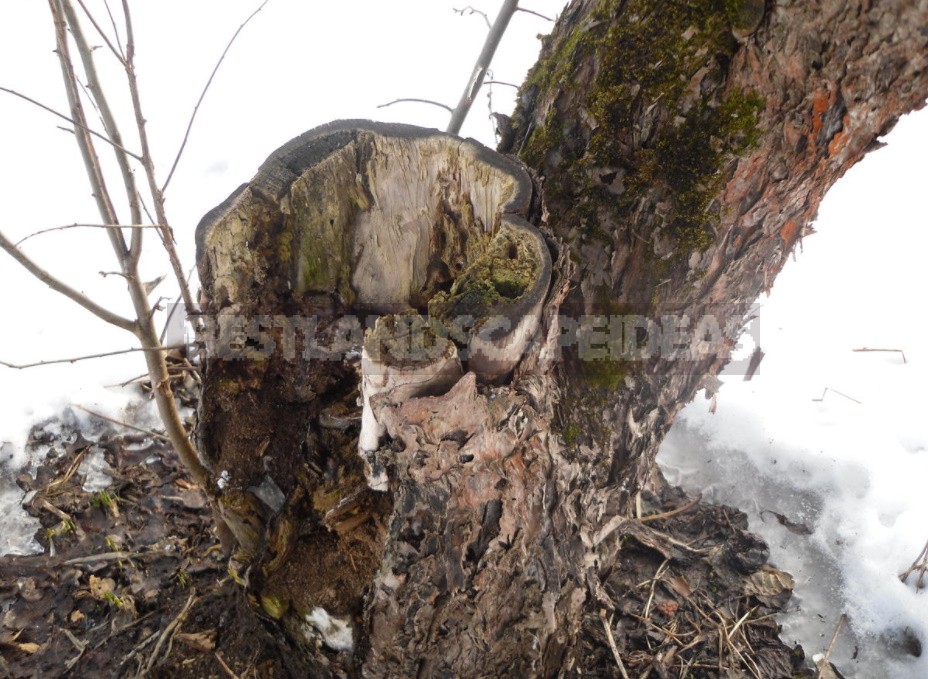
With an apple tree, most likely, you will have to part with it if:
- the tree is infected with tinder: it will not be possible to completely get rid of the fungus, it will continue to destroy the trunk, and the apple tree will soon die anyway;
- the tree actively exfoliates the bark in the lower part of the stem, under it you can see the badly damaged wood;
- on the stem there are extensive (including through) hollows, the core of the trunk is rotting;
- the tree is dominated by dried branches, there are no green shoots left or there are very few left.
I do not dispute that sometimes gardeners manage to prolong the life of even almost hopeless “patients”, but we must understand that this may require considerable effort, and the result is not guaranteed. In any case, it is up to you to decide whether you are ready to resuscitate such a tree.
Problems that are successfully treated
If an apple tree has a small hollow (or even more than one), this is not a reason to cut it down. Usually, it is enough to thoroughly clean the hole, treat the wood and “seal” the hollow to avoid further destruction.
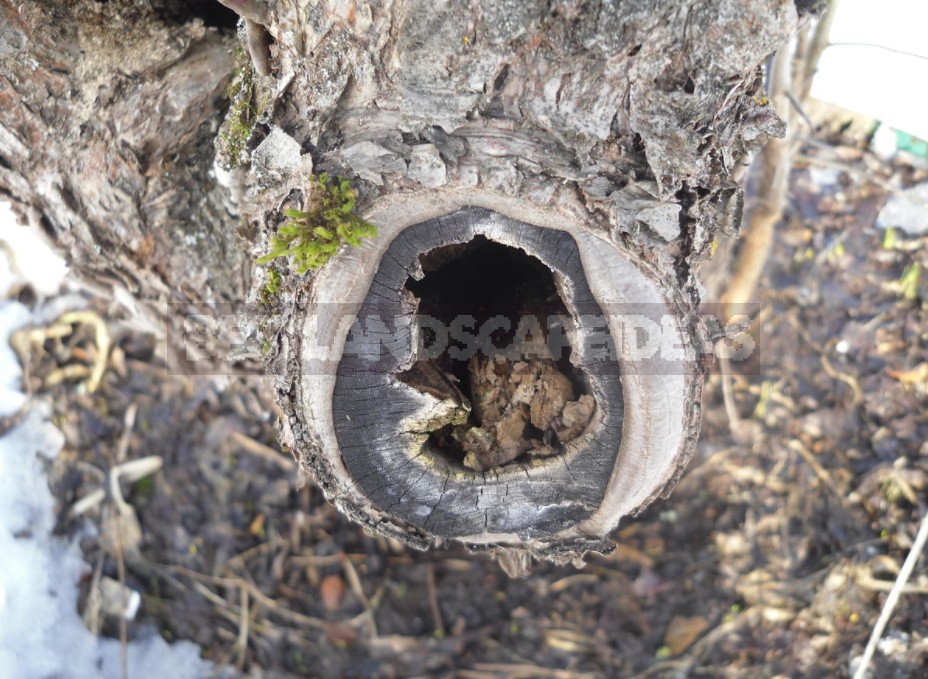
Mosses and lichens, which so frighten many gardeners, are a common phenomenon on old apple trees. But as a rule, they do not cause serious damage to the tree, and they cannot be the reason for refusing the “operation”. And it is not difficult to get rid of them, if you do not like such “decorations” on the trunks and branches of your apple trees.
In old gardens, thickened plantings are also not uncommon: the trees grow too close to each other, their crowns are intertwined. Such apple trees often suffer from diseases and pests, can weaken due to lack of nutrition; their crowns are deformed from crowding and poor lighting. In this case, some trees will have to be sacrificed to create favorable conditions for the remaining ones.
Postpone the breakup
If you understand that the apple tree is doomed, and rejuvenation will not help it, you do not need to immediately take up the axe. First, in most cases, you can extend the life of an old tree: cut off severely damaged trunks, remove tinder, heal wounds, lighten and lighten the crown. If the “pensioner” still pleases you with a harvest at least in a year, do not rush to say goodbye to her, give her a few more years of life.
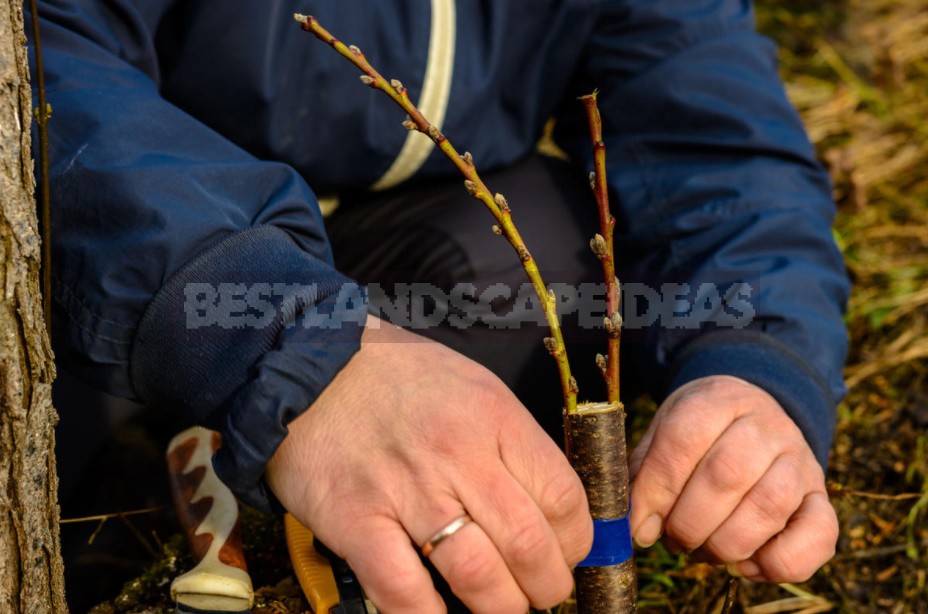
Secondly, you can save your favorite variety by grafting cuttings from an old apple tree on a young rootstock. Some old varieties are now no longer to be found — take care of them if you are lucky enough to find such rarities in your garden.
Finally, you should not immediately get rid of the “unpromising” apple tree, if it still bears fruit, and you did not have time to prepare a replacement for it. Take care of the “old lady” while the young trees are growing in your garden — provide the tree with good care.
Surgery is unavoidable
Rejuvenation of an old apple tree always requires “surgical intervention” – pruning. And here it is important to immediately understand one thing: there is no single recipe for rejuvenation of old apple trees. I understand the frustration of those who expected to receive universal advice that eliminates the need to make their own decisions — but alas. You will have to choose the “treatment method” yourself.
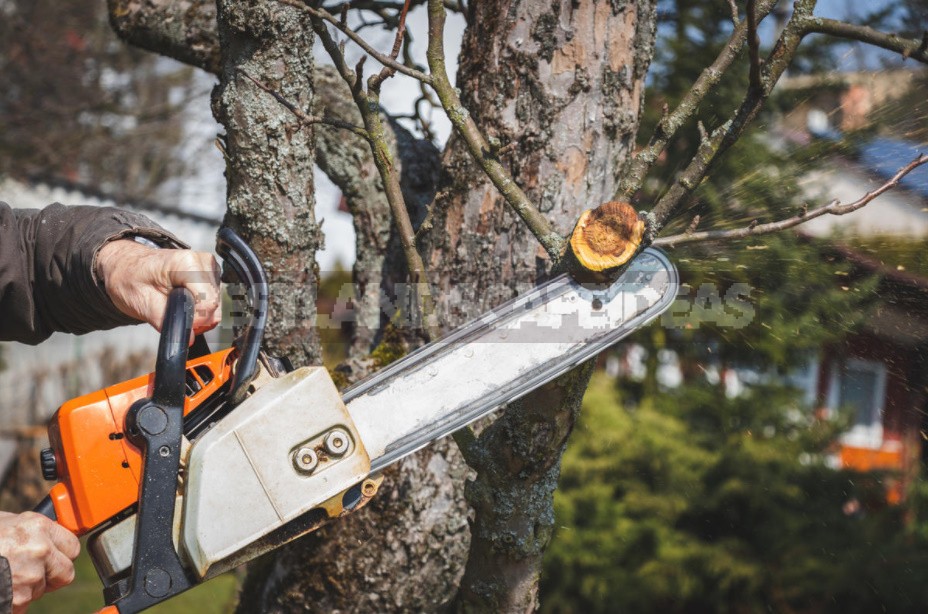
Radicals and conservatives
First of all, you should decide whether you will stick to a hard approach or prefer to act gently, gradually. There is no “correct” answer here. Consider the advantages and disadvantages of both options and choose the one that is right for you (taking into account the condition of the “patient”, your own skills, and other circumstances).
Hard, radical pruning
It is carried out in one step, while more than 70-80% of the crown is removed, the remaining skeletal branches are greatly shortened.
From the young shoots, a new crown is formed on the strongly shortened old skeletal branches.
The severe stress that the tree experiences as a result of radical pruning stimulates the active growth of young shoots.
There will be no fruiting until a new crown is formed.
Suitable for severely weakened, unproductive trees.
It can weaken the tree too much, reduce its winter hardiness, provoke diseases.
Soft, step-by-step pruning
It is carried out in parts, usually over several years, and no more than 1/3 of the crown is removed at a time.
The formation of a new crown occurs gradually, while the productive part of the old crown is preserved (with adjustments).
The tree is less injured, but the anti-aging effect may be less pronounced.
Allows you to carry out a gradual rejuvenation of the crown, without losing the crop.
Suitable for old apple trees that continue to bear fruit and have a living (albeit problematic) crown.
The process may take a long time, and there is a risk of not finishing the job.
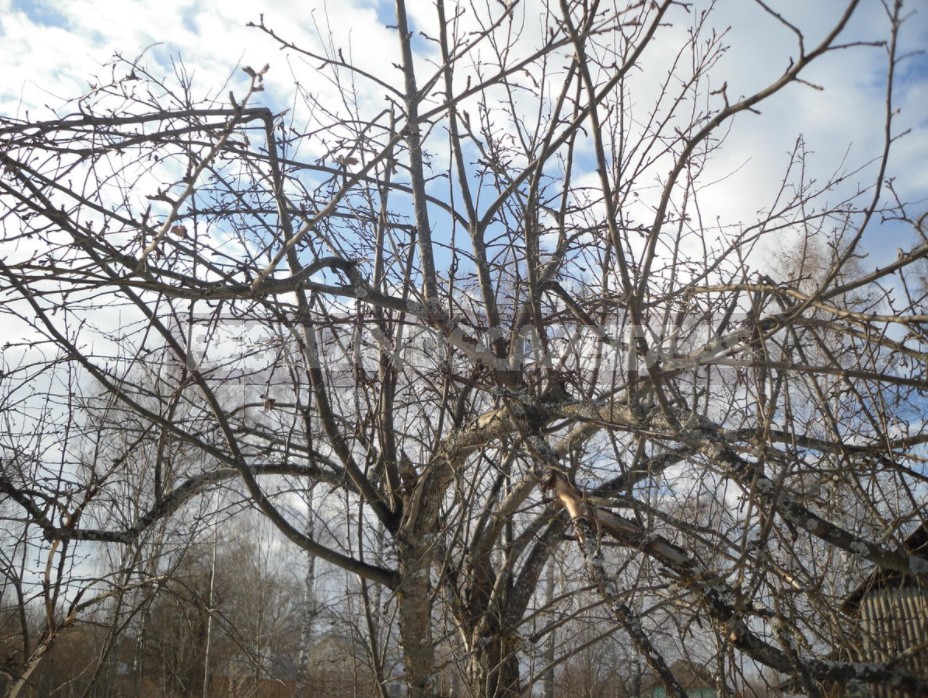
I have always been a supporter of the gradual pruning of old apple trees, and this practice gave good fruit (both literally and figuratively). But then it happened to get sick — and the process was interrupted for three years. And then there is a frosty winter, an invasion of pests in the summer, an abnormal season with an unprecedented harvest of apples… As a result — due to an impressive amount of unfavorable factors-the problems of my garden have worsened, and in the spring, we will probably have to take drastic measures to save what is still possible.
Therefore, I do not insist on the advantages of one method over another, but I urge you to weigh everything well and think about it when making a decision.
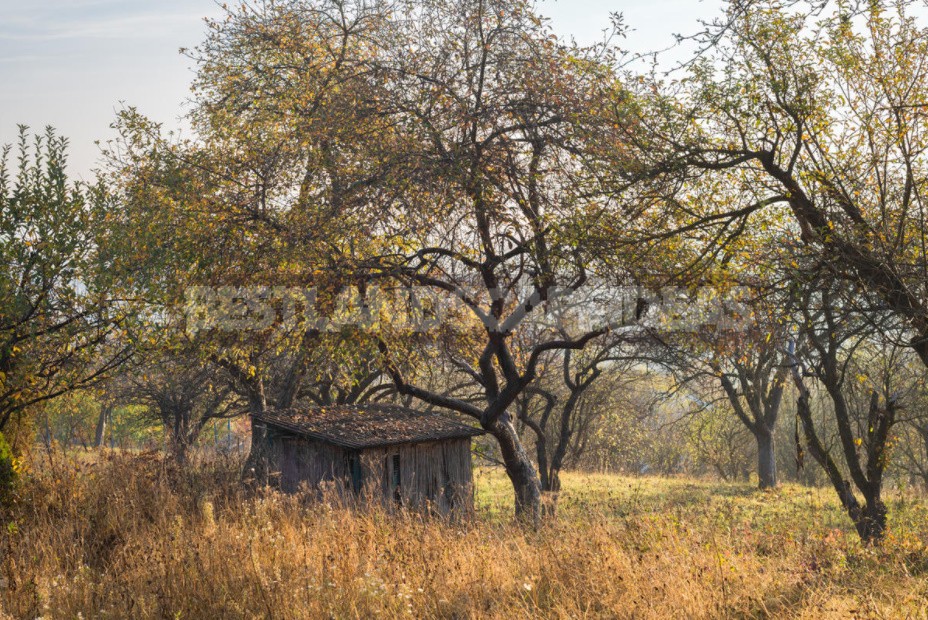
Step-by-step rejuvenation seems simpler and more attractive, and many people are simply afraid of strong pruning. Yes, an apple tree after such an intervention scares with stumps of branches and a “bald” crown. But in the summer everything will change, so if the “patient” really needs an operation, you should not be afraid.
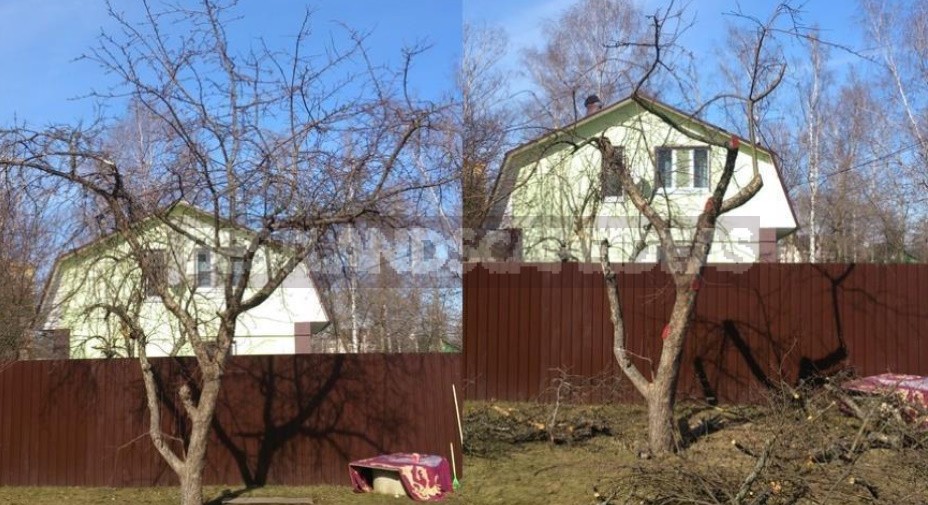
To venture on such a step, perhaps, is best helped by the real practical experience of other gardeners!
